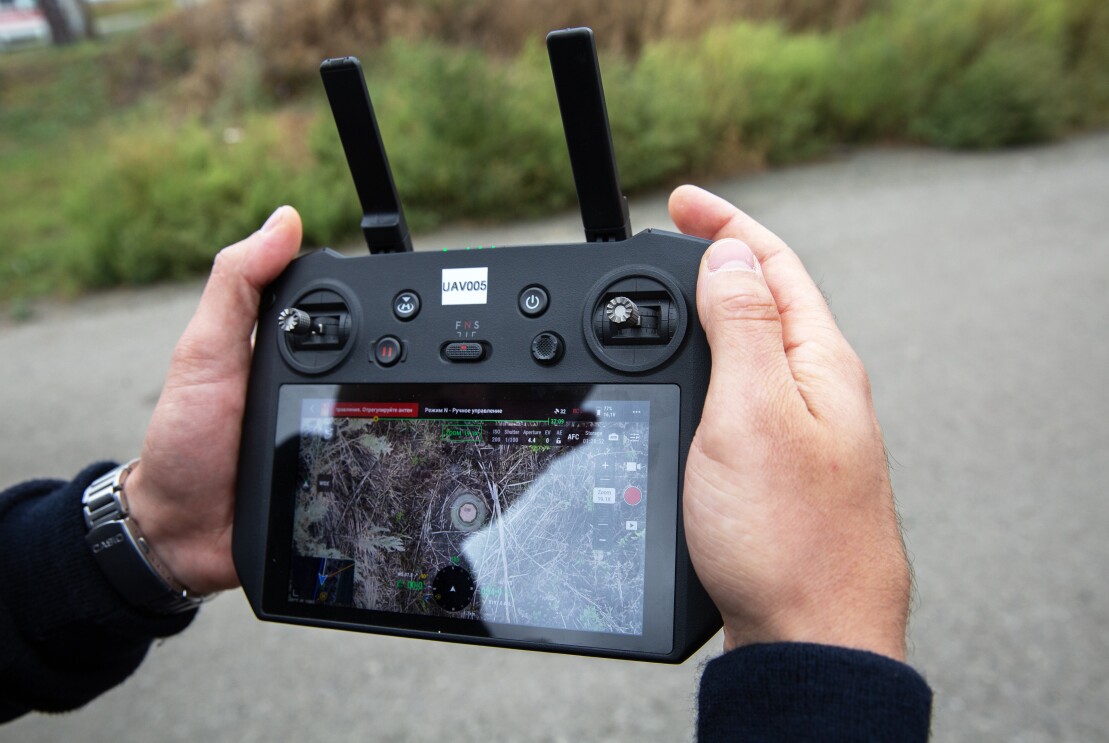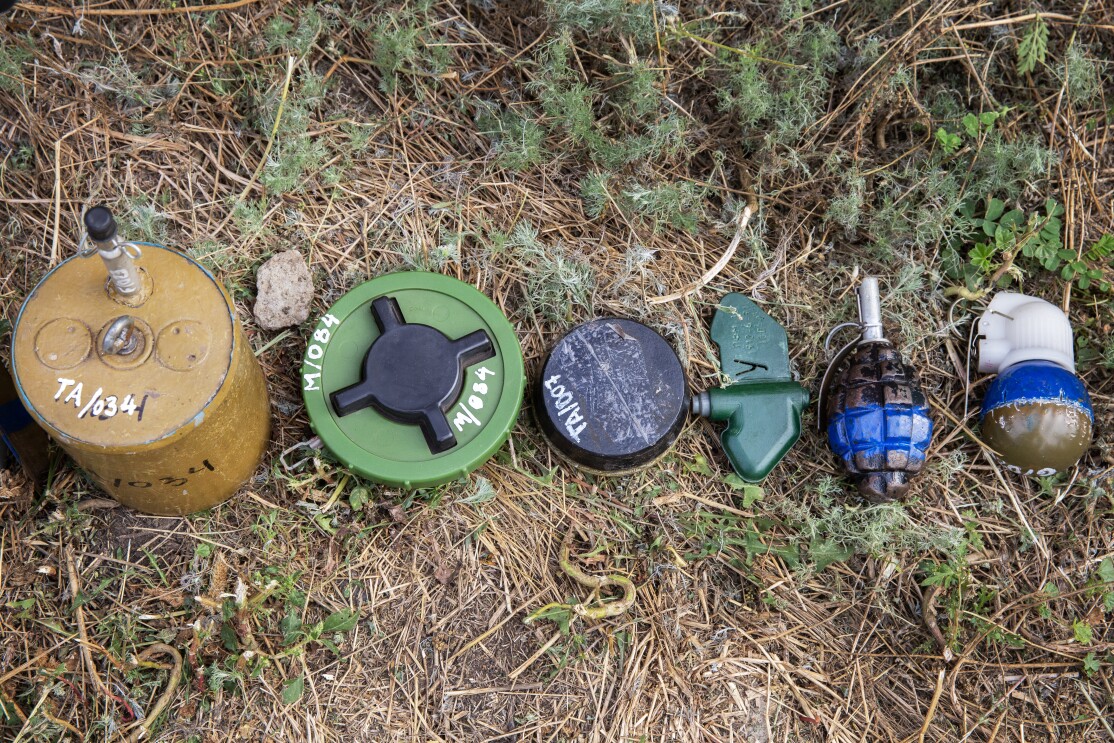The AWS investment of $4 million will enable HALO Trust – the world’s largest humanitarian landmine clearance organisation – to trial AI to assist in the process of detecting the debris of war (including landmines and other explosives) in drone imagery for existing minefields and battlefields in Ukraine.
It will also help automate how HALO uses satellite imagery to detect buildings damaged by explosives as well as signs of human activity – including within land cultivation, buildings, roads, and bodies of water – that are close to battlegrounds and minefields, allowing HALO to prioritise areas for clearance.
“We are delighted to be collaborating with AWS in our life-saving work, and to leverage their robust technological expertise and computing power to more efficiently and precisely identify and clear contaminated land,” said HALO’s CEO, James Cowan. “AWS support will also be transformative in how our organisation safely stores, processes, analyzes, and disseminates the vast quantity of real-time data we collect through our global operations in the cloud – including in active warzones like Ukraine.”
Drone imagery analysis

So far, HALO has flown 542 drone flights over Ukraine’s minefields, which alone take up 11 terabytes of data (equal to more than 10,000 copies of the Encyclopedia Britannica) and more data is being added every day. HALO expects this pilot project will begin trialing drone imagery analysis using AI in the coming months.
Satellite and drone imagery is essential for enabling HALO to broadly survey huge swaths of land so that its more than 11,000 global staff can effectively pinpoint which areas need to be meticulously cleared by hand or by machine. Accurate surveying make the clearance process safer and more efficient and returns lands to productive use as quickly as possible. While HALO currently largely relies on satellite imagery to support its aerial surveys, Ukraine is one of the countries where HALO collects massive amounts of high-resolution drone imagery capable of being analyzed through artificial intelligence to expedite the detection of debris of war, including landmines.

Training AI to identify explosive remnants of war (ERW) with drone imagery is not an overnight process; it requires manually labelling thousands of images so that the algorithms can learn how to surveil minefields more efficiently than humans are currently doing manually. It also requires ongoing vetting and validation of the model by trained HALO personnel to eliminate false positives and negatives and improve the accuracy of the model.
Dave Levy, Vice President for Worldwide Public Sector at Amazon Web Services said: “We’re delighted to be supporting the HALO Trust in their brilliant work in clearing landmines and other explosive devices left behind by conflicts around the world. Technology, and in this case, AI specifically, has enormous potential to help solve major global challenges, and we’re looking forward to working with HALO by enabling them to better harness the power of the satellite and drone imagery they are collecting to accelerate the clearing process.”
HALO and AWS
The support provided to HALO Trust by AWS includes credits that enable HALO to significantly leverage AWS cloud computing infrastructure globally and train staff to optimise its use. HALO has more than 1,200 field data collectors globally across 30 countries and territories who need to upload and safely store a vast quantity of data each day – including photos, spatial, and non-spatial data – and the volume of drone and satellite imagery is growing exponentially. They often need to do this while in minefields with little-to-no connectivity, and need technology solutions that enable them to seamlessly work offline and upload that content to the cloud when bandwidth permits.
The investment by AWS is allowing HALO to process this data efficiently and securely store it within AWS’ state-of-the-art cloud computing infrastructure. AWS is now powering HALO’s Global Operations Information Management System, Geographic Information Systems, drone and satellite imagery processing, AI and machine learning models, along with other business-critical systems.

Other ways HALO is using the AWS Cloud
- Running AI and Machine Learning algorithms on satellite imagery to identify damaged buildings, using its SageMaker machine learning service.
- Powering HALO’s open-source mapping project in Ukraine, which integrates open-source data from a variety of sources via API and brings it into a central data repository hosted in AWS and helps HALO speak to the nature of the explosive threat.
- Hosting HALO’s suite of business intelligence tools, which provide critical insights into HALO’s operations.
This grant enables these technologies to be run in more countries and at greater scale, which enriches operational decision-making and saves lives.
AWS is the world’s largest and most broadly adopted cloud network, with more than 200 fully featured services available from data centres globally. Millions of customers—including government agencies around the world—are using AWS to lower costs, increase security, become more agile, and innovate faster.











